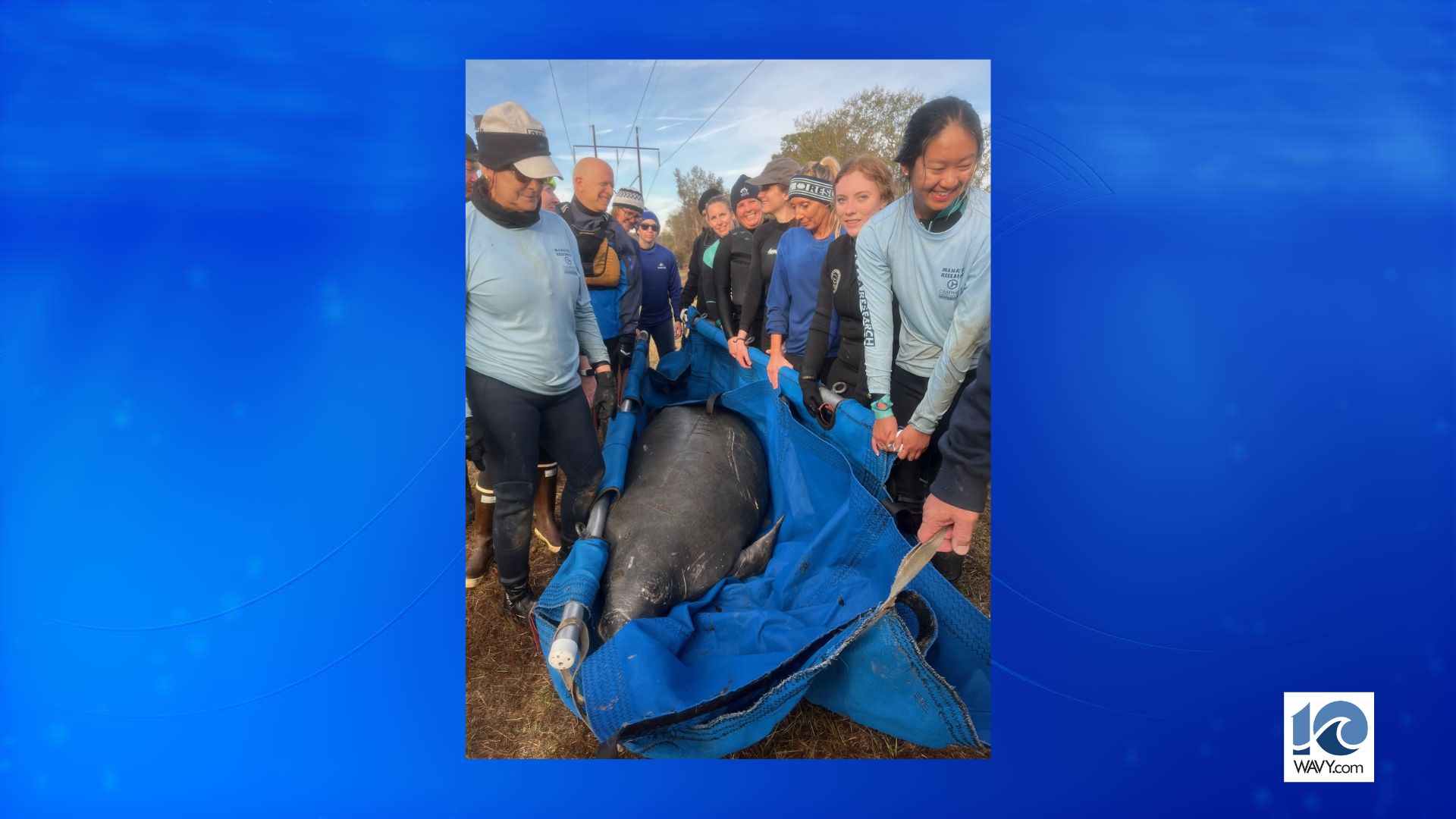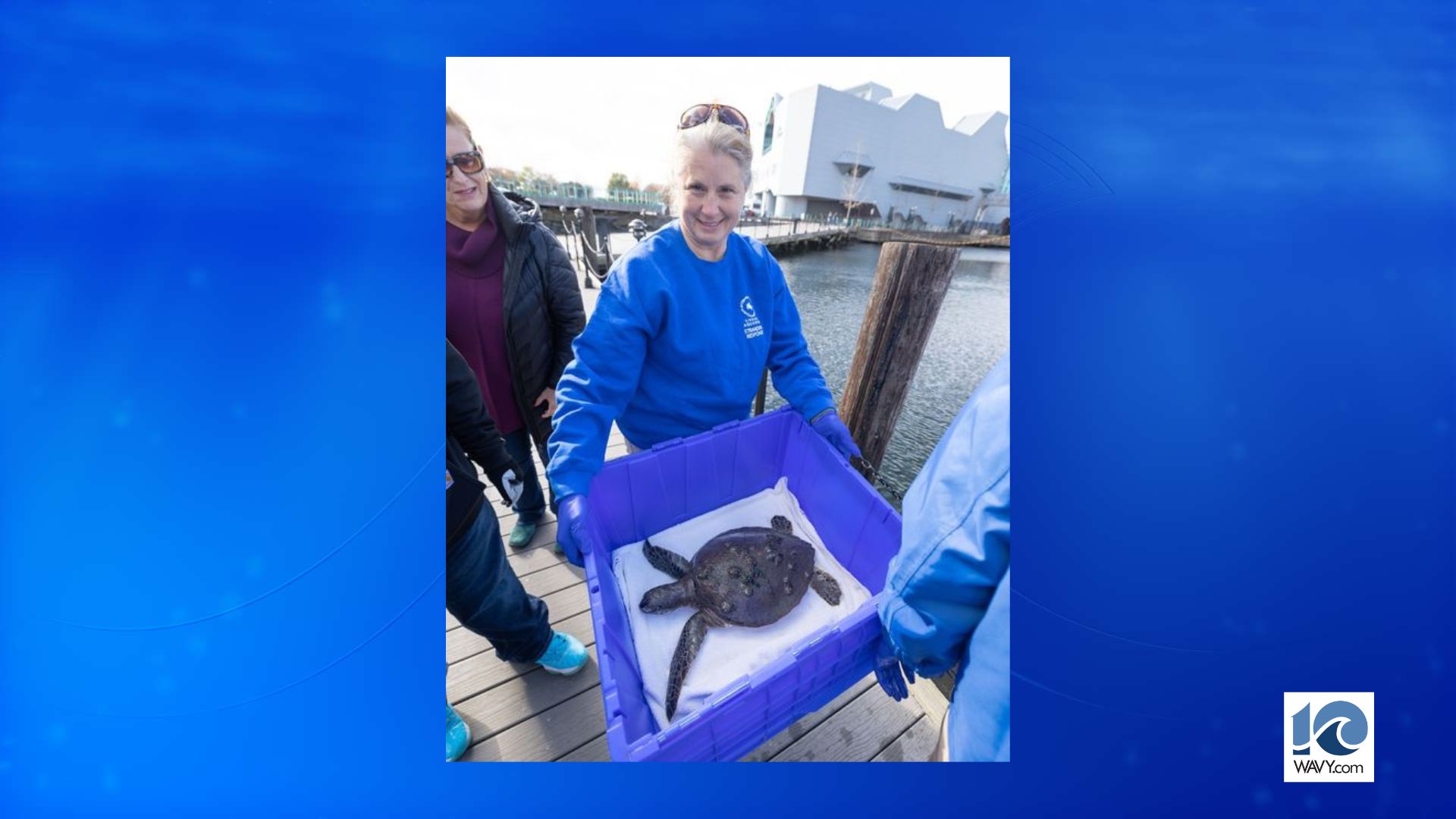(NEXSTAR) – In honor of World Oceans Day, the world got a new ocean.
On Tuesday, the cartographers at National Geographic officially recognized the Southern Ocean — also known as the Antarctic or the Austral Ocean — as the world’s fifth and newest ocean. The Southern Ocean encompasses the waters surrounding Antarctica, with boundaries “roughly centered around a latitude of 60 degrees south,” according to the outlet.
The National Geographic Society notes, however, that the Southern Ocean had already been recognized by the U.S. Board on Geographic Names in 1999, and by the National Oceanic and Atmospheric Administration (NOAA) earlier in 2021.
“We’ve always labeled it, but we labeled it slightly differently [than other oceans],” said Alex Tait, a geographer for the National Geographic Society, in an article published Tuesday, June 8, aka World Oceans Day. “This change was taking the last step and saying we want to recognize it because of its ecological separation.”
National Geographic decided to designate the Antarctic waters as its own ocean (instead of merely southern parts the Atlantic, Indian and Pacific) to bring awareness to, and promote conservation of the waters. But also because of its unique attributes, which scientists and geographers have long recognized.
The Southern Ocean is “defined by a current” — specifically the Antarctic Circumpolar Current (ACC) — which flows from west to east, National Geographic explains. The ACC also pulls water from the Atlantic, Indian and Pacific to transport heat around the Earth, making it “crucial” component of the globe’s climate.
The waters of the ACC are also colder and less salty than the oceans above it, National Geographic writes, citing the University of Miami. “Thousands” of species of marine life also inhabit the Southern Ocean and can be found nowhere else on the planet.
Despite the Southern Ocean’s recent recognition by the National Geographic Society and the NOAA, the International Hydrographic Society (IHO) — an intergovernmental organization with 94 member states — has yet to ratify 2002 proposals to define the boundaries following disagreement among countries, according to NOAA.







































